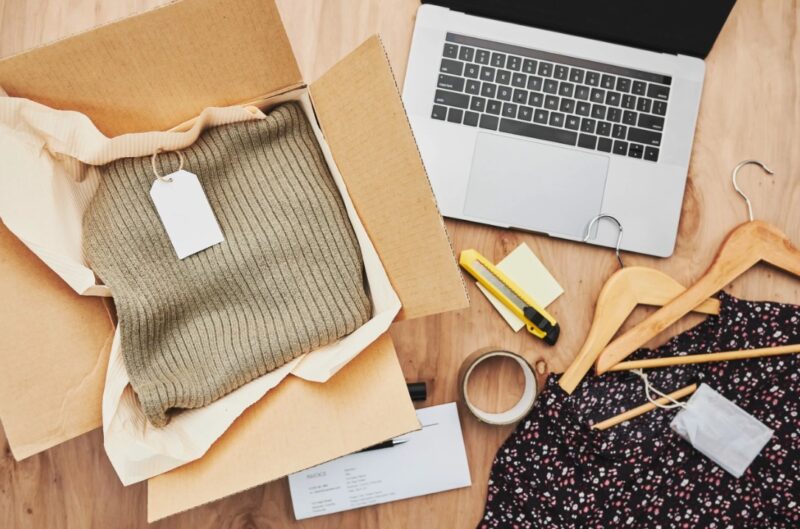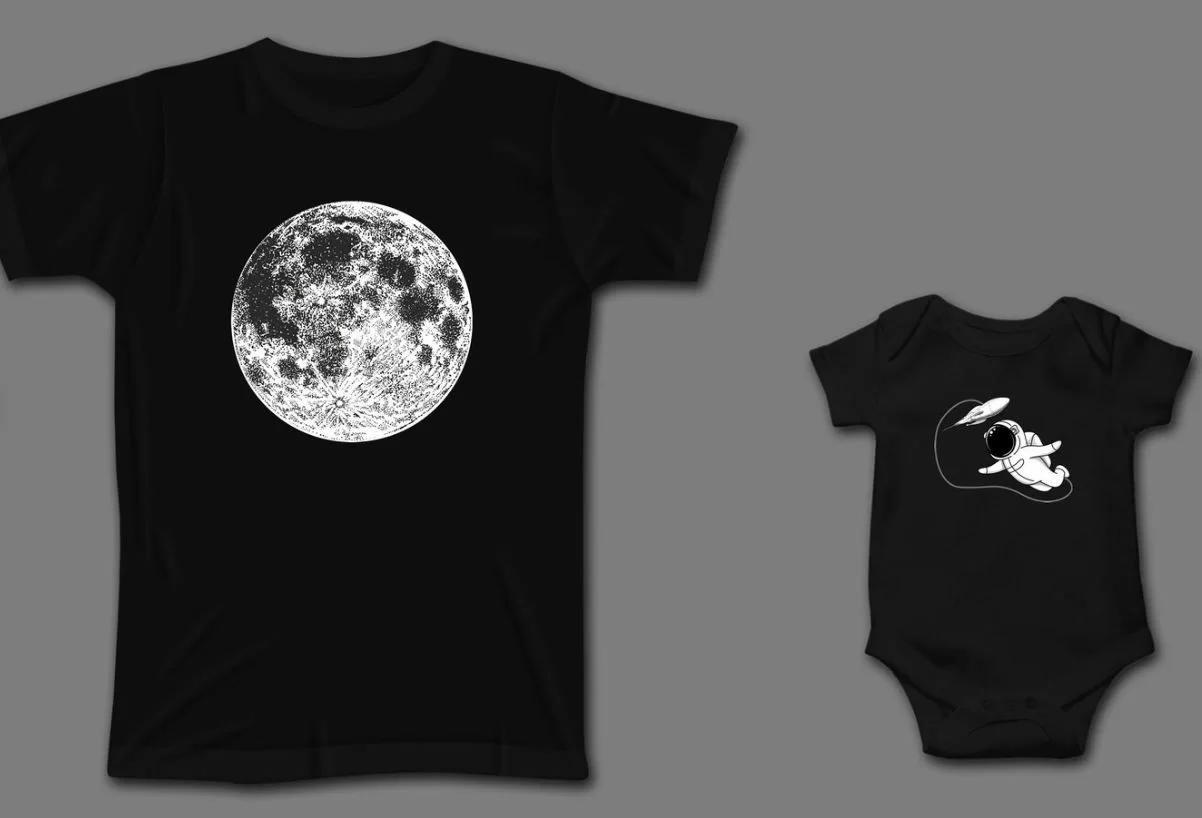The most valuable asset of an influencer is his or her brand. One effective approach to making money from your influence and connecting with the audience is through customized products. The information below will guide you to design and create customized merch that speaks to your audience while representing who you are.
To create personalized merchandise, the initial thing you must do is find a trustworthy supplier. Many companies like R&P Prints provide various customizable products and printing services that are best suited for influencers who want to venture into merchandise. While selecting a supplier, keep in mind product quality, customization options, minimum quantities for ordering, and shipping capabilities among others.
Understanding Your Brand and Audience
Prior to embarking on any design work, you should have a good comprehension of who your brand is and what your customers like. If you want people to buy things from you, those items must be tied to your website in some way; mirroring the same values, aesthetics, and personality that they have known and loved throughout the years.
Consider the following questions:
- What is your brand’s core message or mission?
- What visual elements (colors, fonts, imagery) are associated with your brand?
- What kind of content resonates most with your audience?
- What products would your followers find most useful or appealing?
If you want to create merchandise that reflects your brand and is attractive to your audience, you should start by asking yourself these questions.
Choosing the Right Products

Next is to choose products for your merchandise line. T-shirts are often a popular item but do not limit yourself. Instead, think about the various items that fit with your target market and niche:
- Apparel ─ T-shirts, hoodies, caps, beanies, socks
- Accessories ─ Tote bags, phone cases, pins, stickers
- Home goods ─ Mugs, water bottles, pillows, blankets
- Stationery ─ Notebooks, pens, planners
Designing Your Merch
Now comes the creative part – designing your merchandise. Here are some tips to keep in mind:
- Keep it simple ─ Too much complexity in designs can pose serious challenges when printing and may not translate well into different products. It’s essential to go for simple, straightforward yet striking designs that can easily be identified.
- Incorporate your branding ─ Use your logo, taglines, or signature colors to create merchandise that is unique to you.
- Create variety ─ Present different design options to meet the different tastes of your audience.
- Consider seasonality ─ To maintain the freshness of your merch line all through the year, come up with designs for various seasons or holidays.
- Use high-quality images ─ If you use any graphics or photos, ensure that they are of high resolution if you want them to have clear, crisp printouts.
- Think about placement ─ Be mindful of how your design will appear on various items and their respective sizes. Something effective on a shirt may not be appropriate for a cup.
If you lack confidence in your design abilities, it may be worth considering seeking the services of a graphic designer or taking advantage of tools like Canva or Adobe Creative Suite.
Pricing Your Merchandise
Pricing your merch requires balancing profitability with affordability for your audience. Consider the following factors:
- Production costs ─ Include pricing for the product itself, printing and any intricate aspects such as labels or packing.
- Overhead costs ─ Factor in expenses like website maintenance, promotional materials and parcel delivery.
- Profit margin ─ Decide how much profit would you like to receive from an individual piece?.
- Market research ─ Look at what similar influencers or brands are charging for comparable products.
- Perceived value ─ Think about what feelings your audience has towards your label that might justify a greater cost.
Remember, it’s better to start with higher prices and offer occasional discounts than to set prices too low and struggle to raise them later.
Marketing Your Merch

Creating great merchandise is only half the battle – you also need to market it effectively. Here are some strategies to promote your merch:
- Soft launch ─ Tease your upcoming merch line to build anticipation among your followers.
- Showcase the products ─ Model the merch yourself in your content or send free products to other influencers for additional exposure.
- Limited time offers ─ Create urgency with limited edition items or time-sensitive discounts.
- Behind-the-scenes content. Share what goes behind the designing and production process of your clothes, so people become emotionally attached to this merchandise.
- User-generated content ─ Encourage customers to share photos of themselves in the clothes and repost them on your platforms.
- Collaborate with other influencers indicating that they are complementary in different fields of interest like fashion.
- Use paid advertising ─ Think about using Instagram or Facebook Ads to attract a larger audience base.
Fulfillment and Customer Service
Once orders start to come in, it is important to have a system that allows you to meet their demands promptly and stylishly. If you are still at the starting point, you may do the job of fulfilling the order by yourself. However, as time goes on, you need to think about engaging a fulfillment service that will handle your inventory management, packaging and shipping.
Do not ignore the aspect of customer service. Make sure that you reply to inquiries promptly and tackle any challenges concerning orders quickly and professionally. The reason is good customers’ service has the ability to convert one-time buyers into loyal fans as well as repeat clients.
Analyzing and Iterating
After you have launched your merch line, keeping a careful eye on both your sales data as well as customer feedback is essential. It is crucial to make sure that you are informed about –
- What Are the top-selling products?
- Which ones are the most sought-after designs?
- How do customers feel about what they have purchased?
- Are there any common issues or complaints?
Use this information for product improvements, design enhancements and to benefit customers more overall. Discontinue low-sales items without hasitate and welcome brand new ones when customers demand them.
Expanding Your Merch Line

When your brand expands, think about increasing your range of products. It could include:
- The introduction of new product types
- Collaborating with other brands or influencers on limited-edition items
- Production of seasonal, themed collections
- Offering personalized or customizable products
Keep in mind that the secret ingredient for impacting merchandising is genuineness. Your product must flow effortlessly from your brand and offer something valuable to your audience while also enhancing their bond with you.
Conclusion
Making your own merch is one of the most exciting projects that an influencer can undertake. In this way, you will be able to earn more income for your influencer brand and at the same time build a stronger relationship with your audience.
If you want to create a successful and sustainable merch line, you must always remember some essential points such as knowing your brand, selecting the right products, designing attractive merchandise, and marketing it properly. As you do this, ensure that your brand identity remains intact throughout the process; be sure to hear what your audience has got to say about it and make changes based on their feedback and sales data.
A successful influencer brand can thrive through its custom merchandise as it provides pleasure to its followers plus counteracting others among multitudes in cyberspace.

